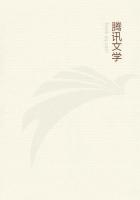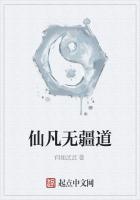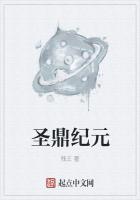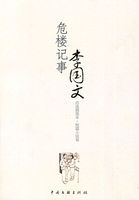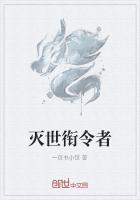Paper, an invention not less marvelous than the other dependent invention of printing, was known in ancient times in China. Thence by the unrecognized channels of commerce the art reached Asia Minor, where paper was made of cotton reduced to pulp and boiled. Parchment had become so extremely dear that a cheap substitute was discovered in an imitation of the cotton paper known in the East as Charta bombycina. The imitation, made from rags, was first made at Basel, in 1170, by a colony of Greek refugees, according to some authorities; or at Padua, in 1301, by an Italian named Pax, according to others. In these ways the manufacture of paper was perfected slowly and in obscurity; but this much is certain, that so early as the reign of Charles VI., paper pulp for playing-cards was made in Paris.
When those immortals, Faust, Coster, and Gutenberg, invented the Book, craftsmen as obscure as many a great artist of those times appropriated paper to the uses of typography. In the fifteenth century, that naive and vigorous age, names were given to the various formats as well as to the different sizes of type, names that bear the impress of the naivete of the times; and the various sheets came to be known by the different watermarks on their centres; the grapes, the figure of our Saviour, the crown, the shield, or the flower-pot, just as at a later day, the eagle of Napoleon's time gave the name to the "double-eagle" size. And in the same way the types were called Cicero, Saint-Augustine, and Canon type, because they were first used to print the treatises of Cicero and theological and liturgical works. Italics are so called because they were invented in Italy by Aldus of Venice.
Before the invention of machine-made paper, which can be woven in any length, the largest sized sheets were the grand jesus and the double columbier (this last being scarcely used now except for atlases or engravings), and the size of paper for printers' use was determined by the dimensions of the impression-stone. When David explained these things to Eve, web-paper was almost undreamed of in France, although, about 1799, Denis Robert d'Essonne had invented a machine for turning out a ribbon of paper, and Didot-Saint-Leger had since tried to perfect it. The vellum paper invented by Ambroise Didot only dates back as far as 1780.
This bird's eye view of the history of the invention shows incontestably that great industrial and intellectual advances are made exceedingly slowly, and little by little, even as Nature herself proceeds. Perhaps articulate speech and the art of writing were gradually developed in the same groping way as typography and paper-making.
"Rag-pickers collect all the rags and old linen of Europe," the printer concluded, "and buy any kind of tissue. The rags are sorted and warehoused by the wholesale rag merchants, who supply the paper-mills. To give you some idea of the extent of the trade, you must know, mademoiselle, that in 1814 Cardon the banker, owner of the pulping troughs of Bruges and Langlee (where Leorier de l'Isle endeavored in 1776 to solve the very problem that occupied your father), Cardon brought an action against one Proust for an error in weights of two millions in a total of ten million pounds' weight of rags, worth about four million francs! The manufacturer washes the rags and reduces them to a thin pulp, which is strained, exactly as a cook strains sauce through a tamis, through an iron frame with a fine wire bottom where the mark which give its name to the size of the paper is woven. The size of this mould, as it is called, regulates the size of the sheet.
"When I was with the Messieurs Didot," David continued, "they were very much interested in this question, and they are still interested; for the improvement which your father endeavored to make is a great commercial requirement, and one of the crying needs of the time. And for this reason: although linen lasts so much longer than cotton, that it is in reality cheaper in the end, the poor would rather make the smaller outlay in the first instance, and, by virtue of the law of Vae victis! pay enormously more before they have done. The middle classes do the same. So there is a scarcity of linen. In England, where four-fifths of the population use cotton to the exclusion of linen, they make nothing but cotton paper. The cotton paper is very soft and easily creased to begin with, and it has a further defect: it is so soluble that if you seep a book made of cotton paper in water for fifteen minutes, it turns to a pulp, while an old book left in water for a couple of hours is not spoilt. You could dry the old book, and the pages, though yellow and faded, would still be legible, the work would not be destroyed.
"There is a time coming when legislation will equalize our fortunes, and we shall all be poor together; we shall want our linen and our books to be cheap, just as people are beginning to prefer small pictures because they have not wall space enough for large ones. Well, the shirts and the books will not last, that is all; it is the same on all sides, solidity is drying out. So this problem is one of the first importance for literature, science, and politics.


